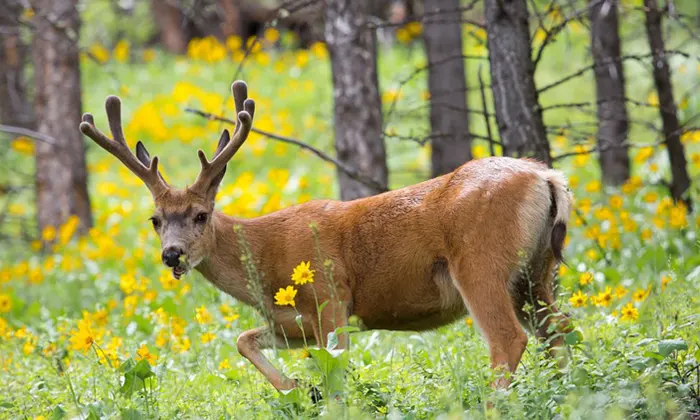Free Courses Sale ends Soon, Get It Now


Free Courses Sale ends Soon, Get It Now



Copyright infringement not intended
Picture Courtesy: www.theguardian.com
Context: The emergence of chronic wasting disease (CWD), often referred to as "zombie deer disease," and the potential for it to jump from animals to humans have raised significant concerns among scientists and experts.
Key Highlights
Zombie Deer Disease
How Does CWD Spread?
Where Is CWD Found?
What Are the Implications for Wildlife?
What Are the Risks for Humans?
What Can Be Done to Prevent or Control CWD?
Conclusion
|
PRACTICE QUESTION Q. Which family of animals is primarily affected by Chronic Wasting Disease (CWD)? A) Felidae (cats) B) Canidae (dogs) C) Cervidae (deer, elk, moose) D) Bovidae (cattle, goats) Answer: C Explanation: CWD primarily affects animals in the deer family (cervids), such as deer, elk, and moose. |
© 2024 iasgyan. All right reserved